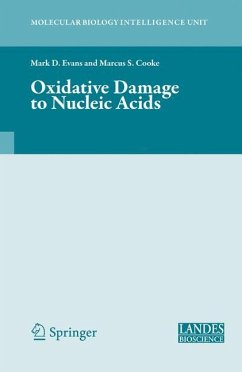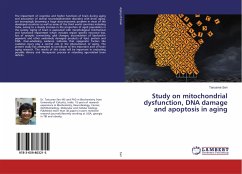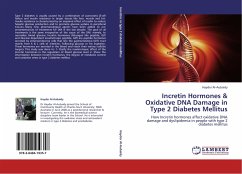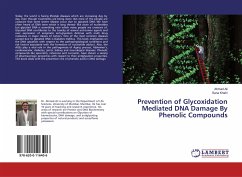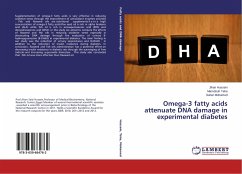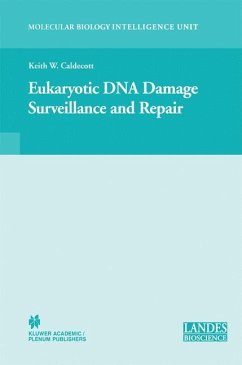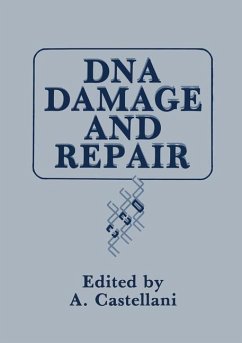
DNA Damage Theory of Aging
Versandkostenfrei!
Versandfertig in 6-10 Tagen
32,99 €
inkl. MwSt.

PAYBACK Punkte
16 °P sammeln!
The DNA damage theory of aging proposes that aging is a consequence of unrepaired DNA damage accumulation. Damage in this context includes chemical reactions that mutate DNA and/or interfere with DNA replication. Although both mitochondrial and nuclear DNA damage can contribute to aging, nuclear DNA is the main subject of this analysis. Nuclear DNA damage can contribute to aging either indirectly (by increasing apoptosis or cellular senescence) or directly (by increasing cell dysfunction). In humans, DNA damage occurs frequently and DNA repair processes have evolved to compensate. On average, ...
The DNA damage theory of aging proposes that aging is a consequence of unrepaired DNA damage accumulation. Damage in this context includes chemical reactions that mutate DNA and/or interfere with DNA replication. Although both mitochondrial and nuclear DNA damage can contribute to aging, nuclear DNA is the main subject of this analysis. Nuclear DNA damage can contribute to aging either indirectly (by increasing apoptosis or cellular senescence) or directly (by increasing cell dysfunction). In humans, DNA damage occurs frequently and DNA repair processes have evolved to compensate. On average, approximately 800 DNA lesions occur per hour in each cell, or about 19,200 per cell per day (Vilenchik & Knudson 2000). In any cell some DNA damage may remain despite the action of repair processes. The accumulation of unrepaired DNA damage is more prevalent in certain types of cells, particularly in non-replicating or slowly replicating cells, which cannot rely on DNA repair mechanisms associated with DNA replication such as those in the brain, skeletal and cardiac muscle.



